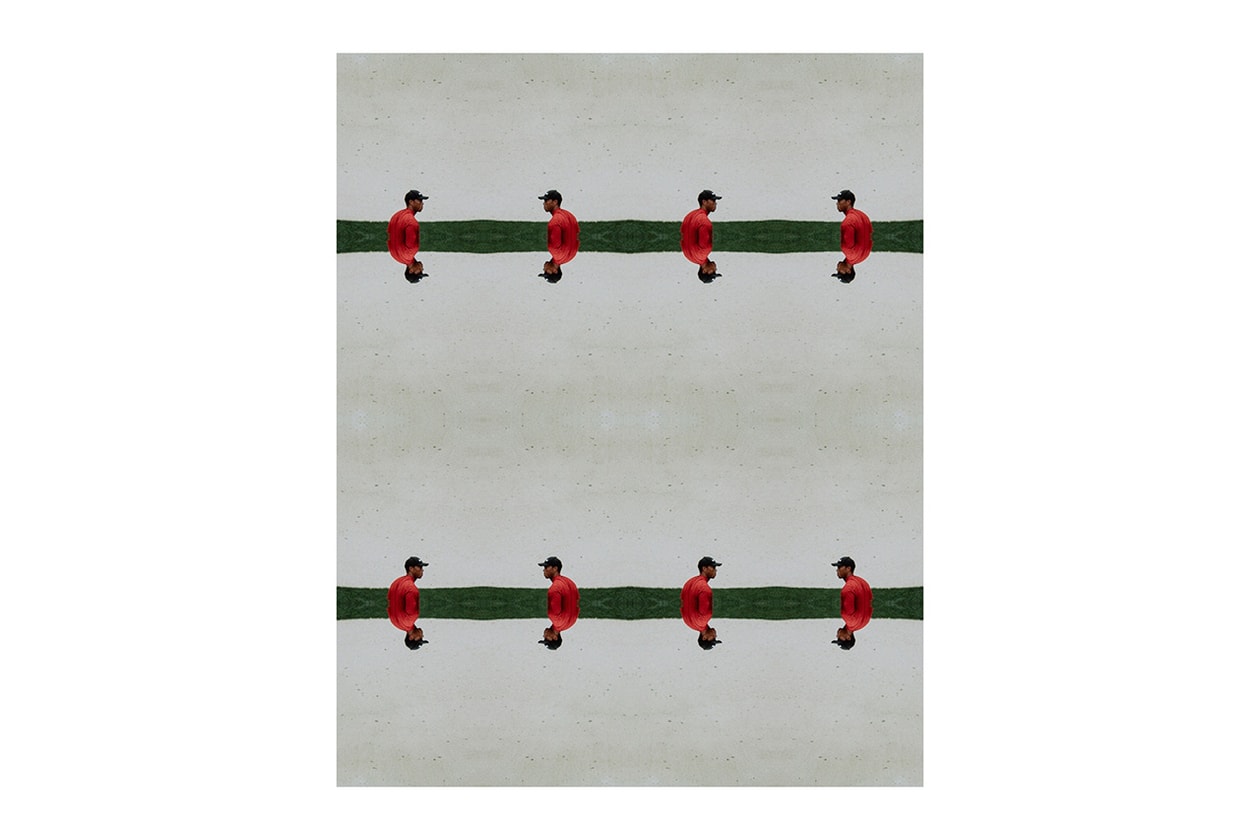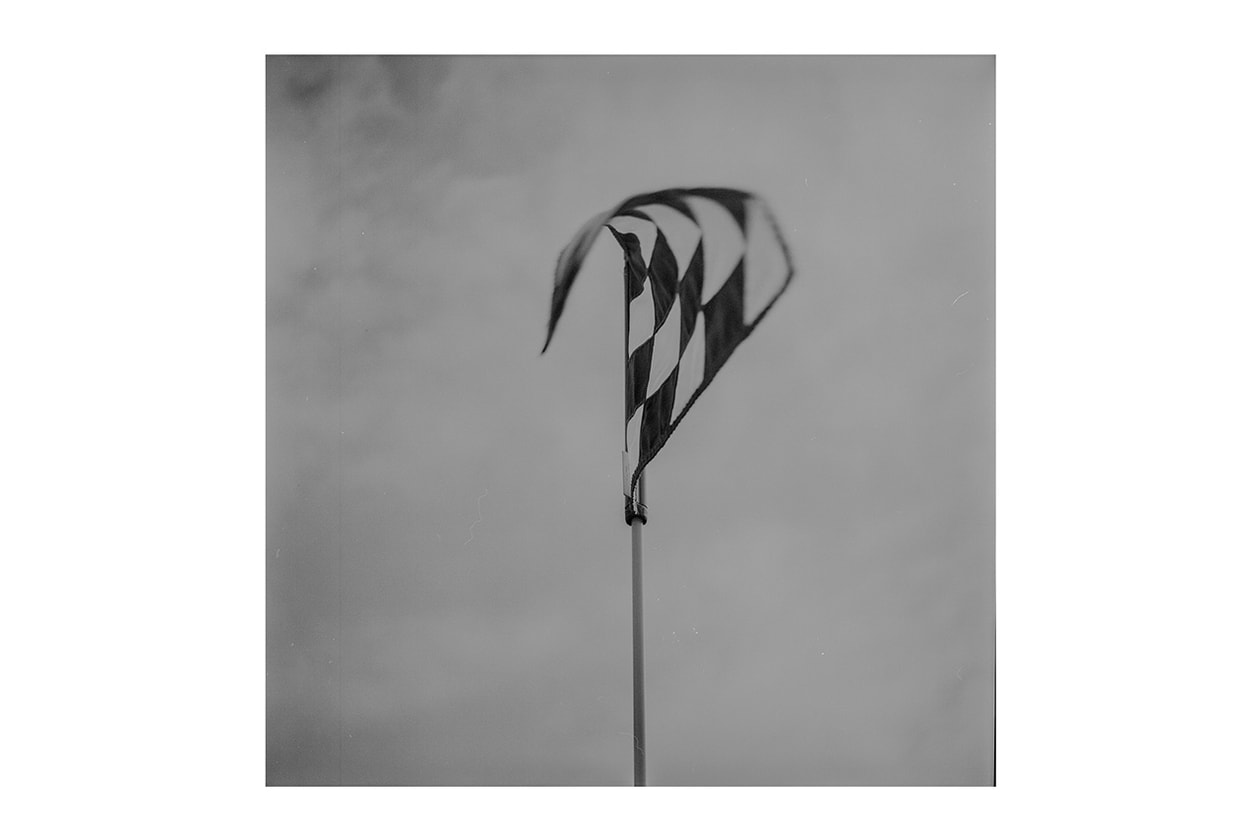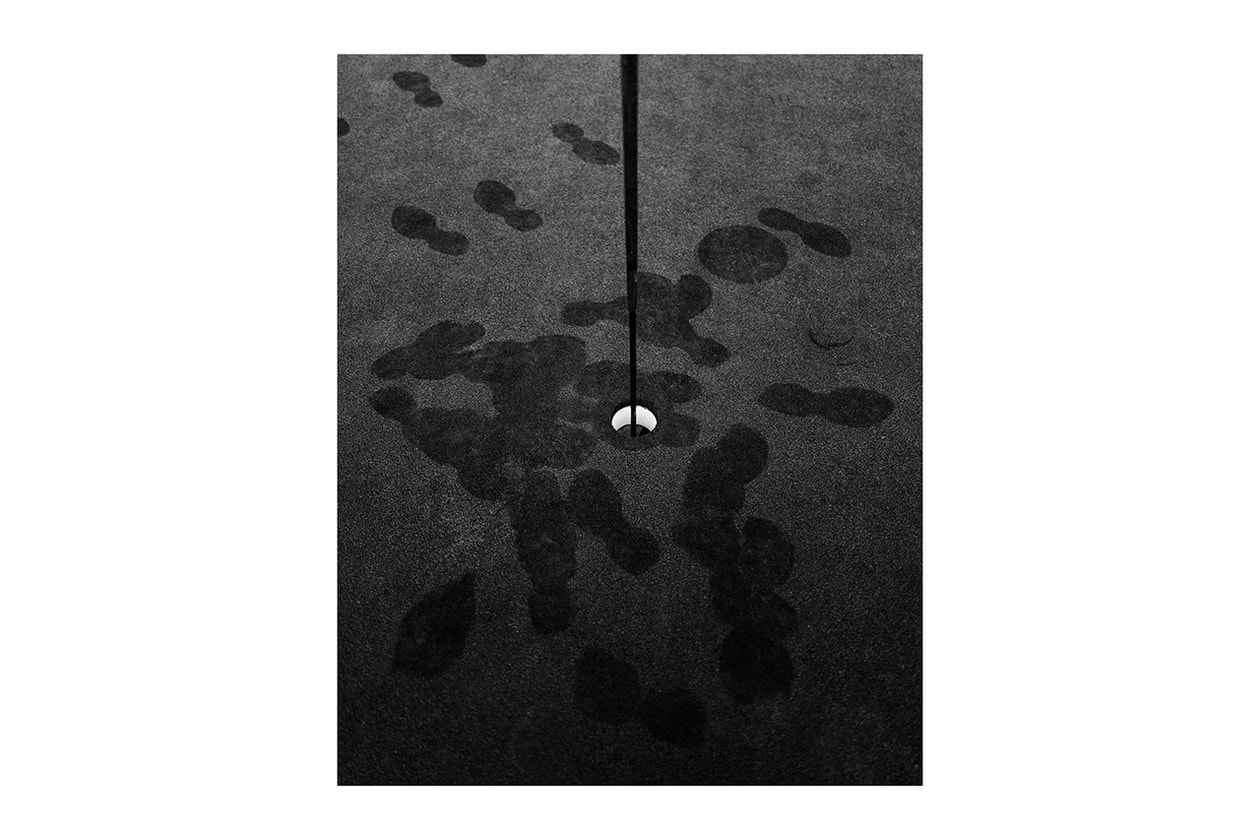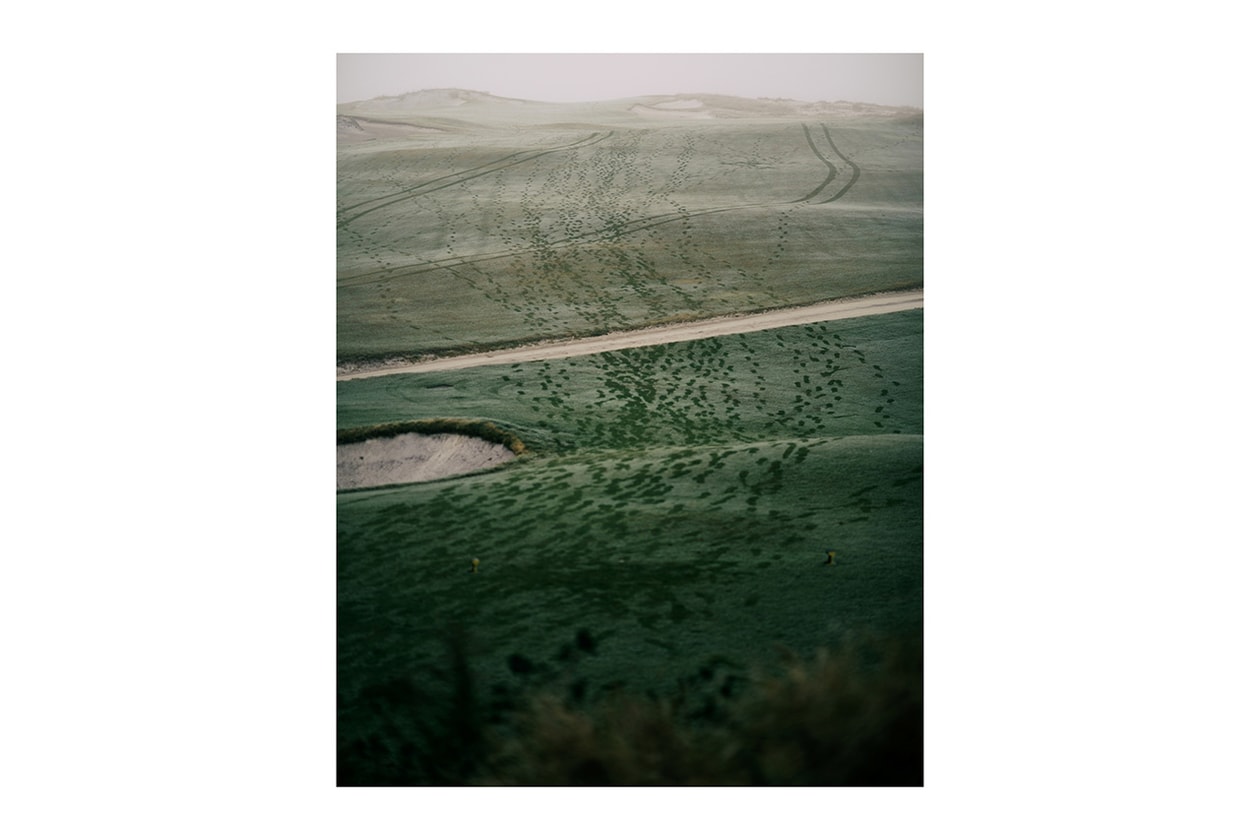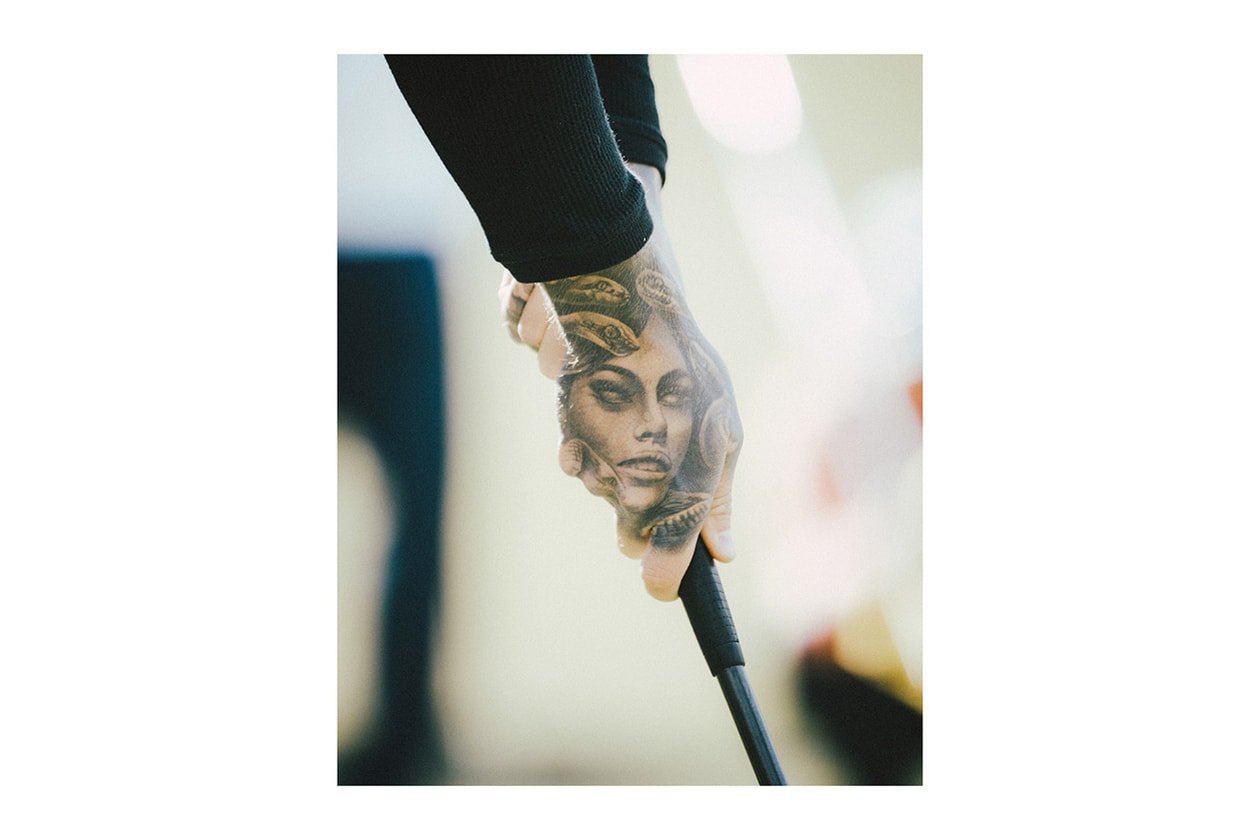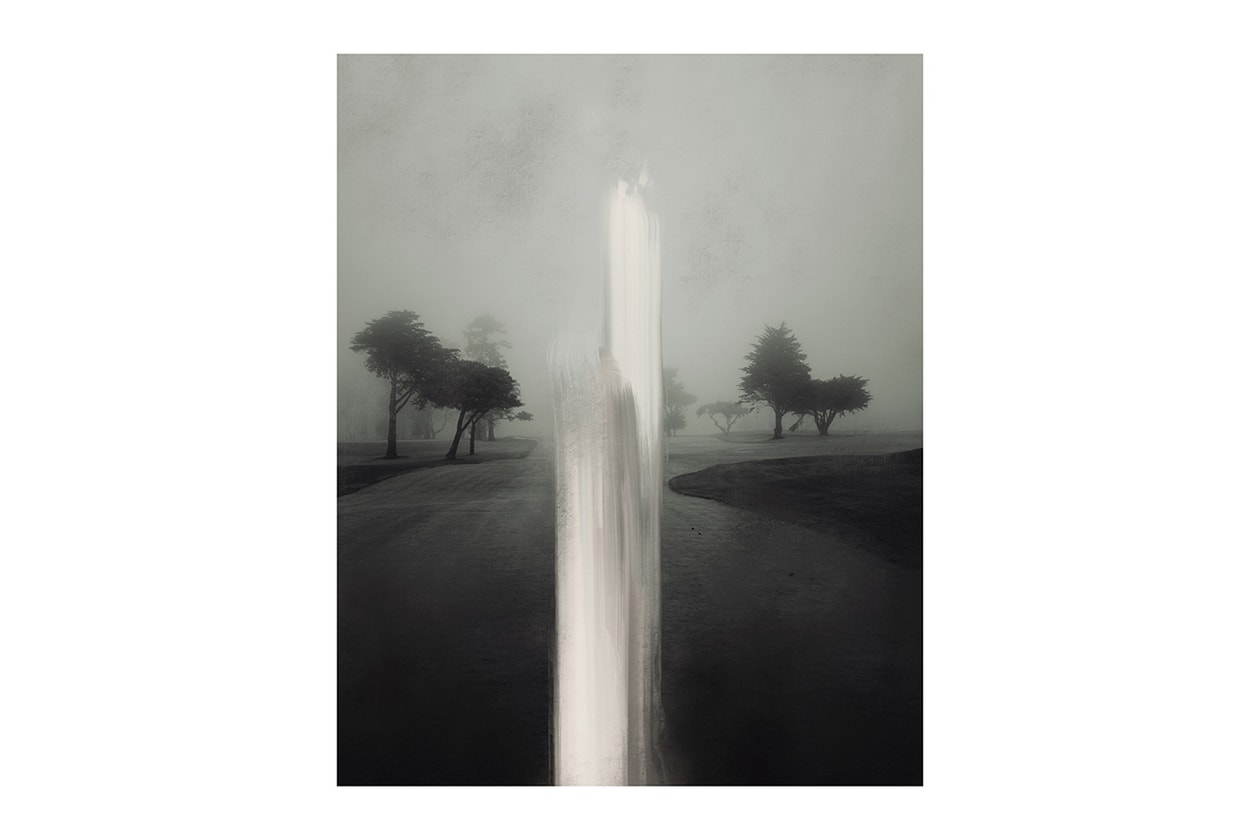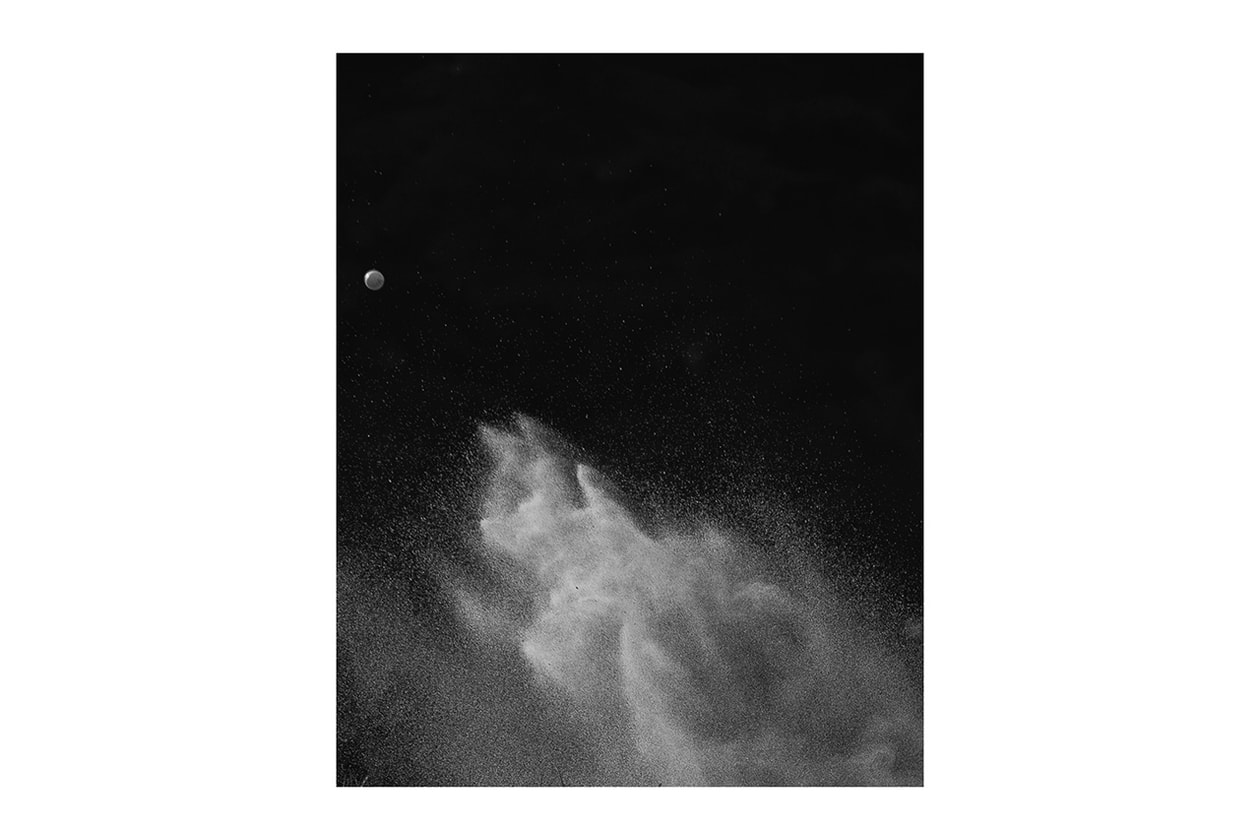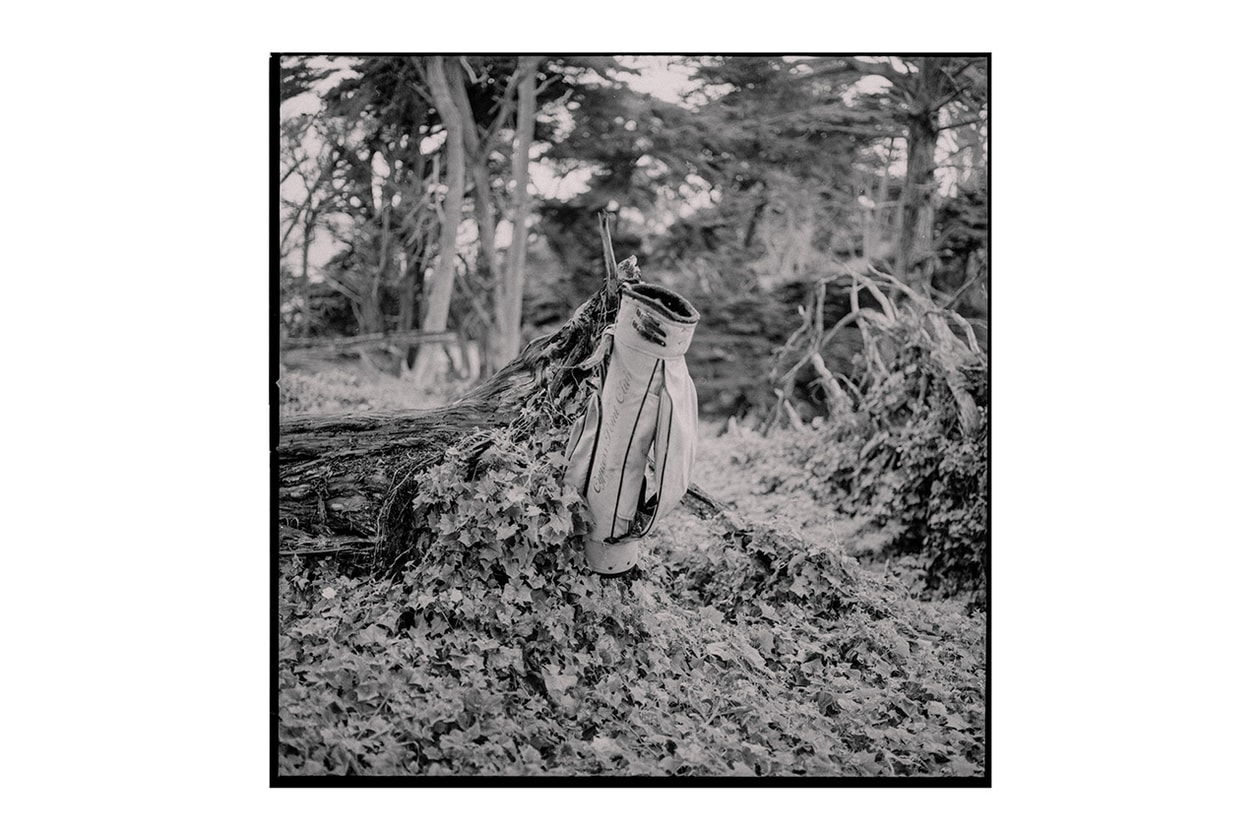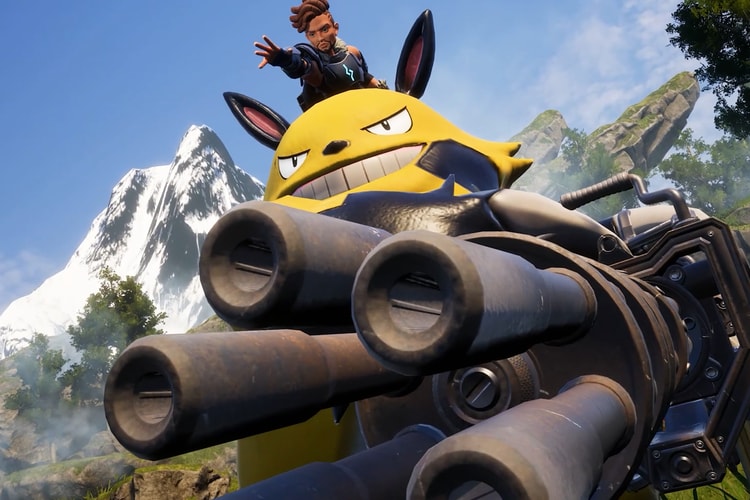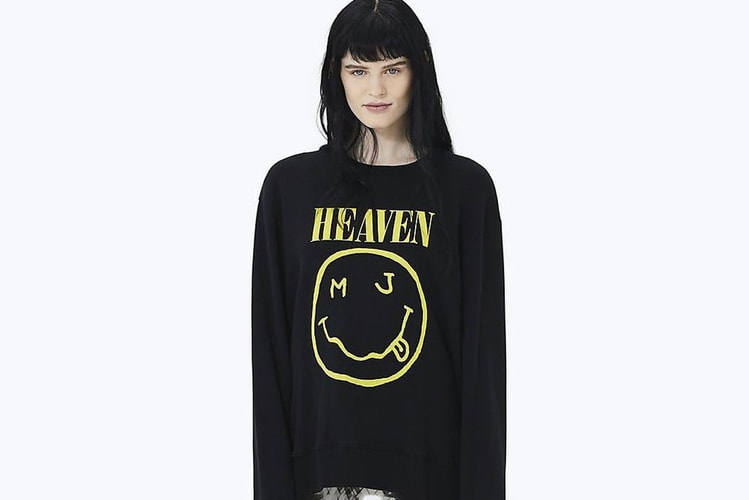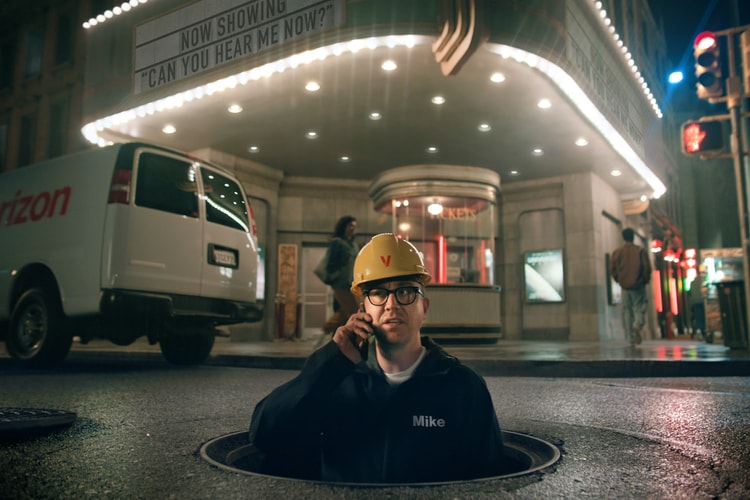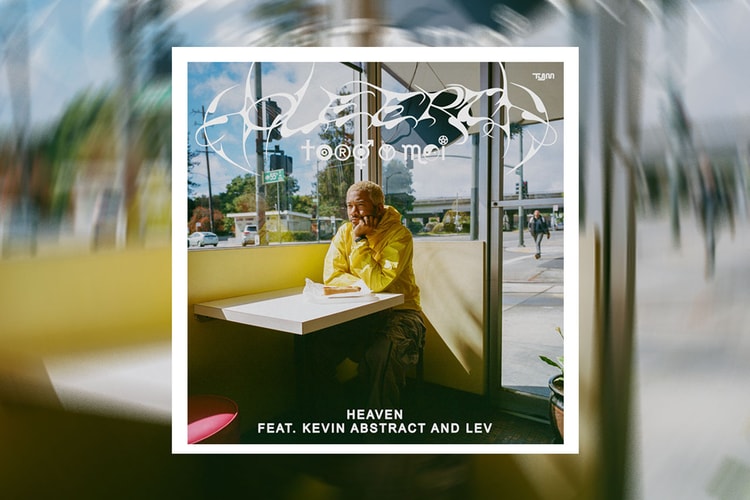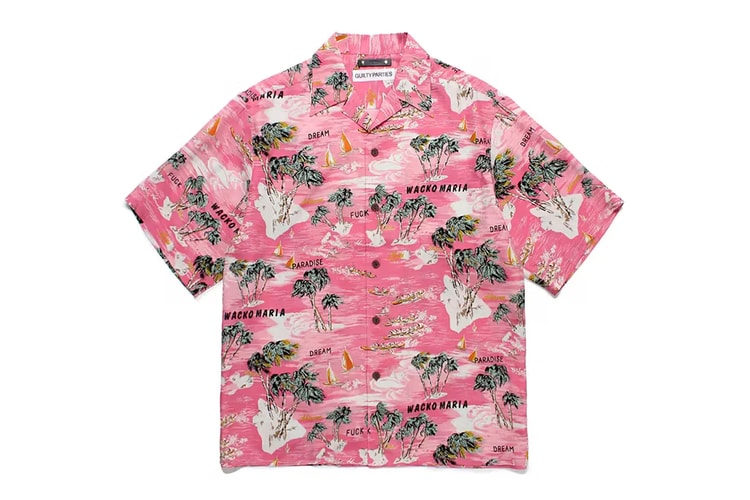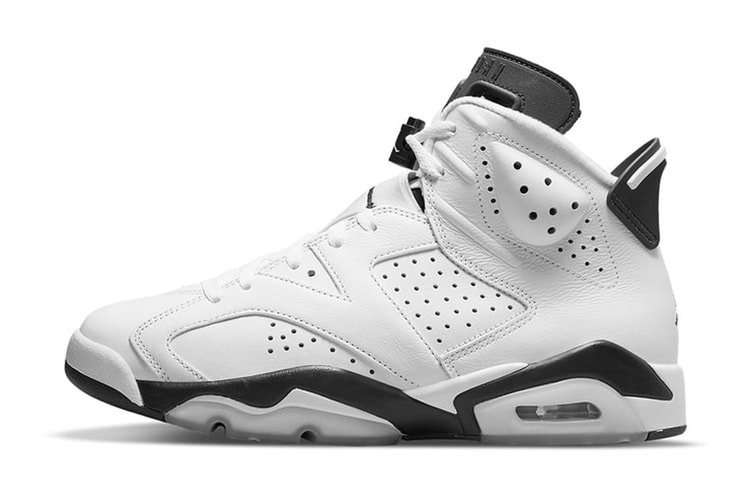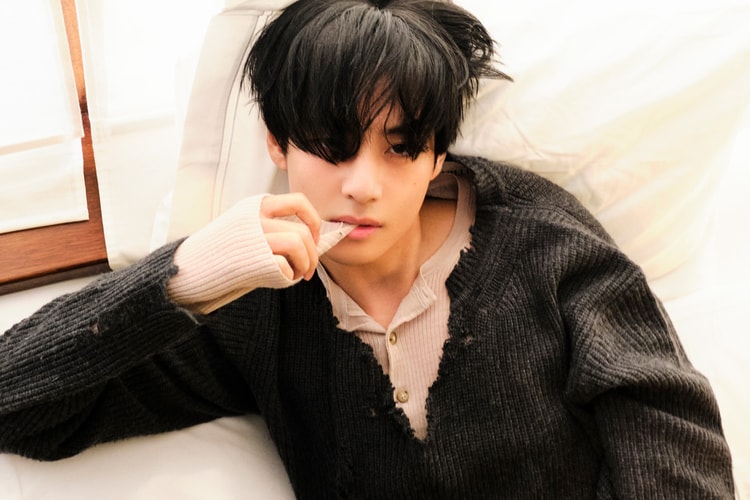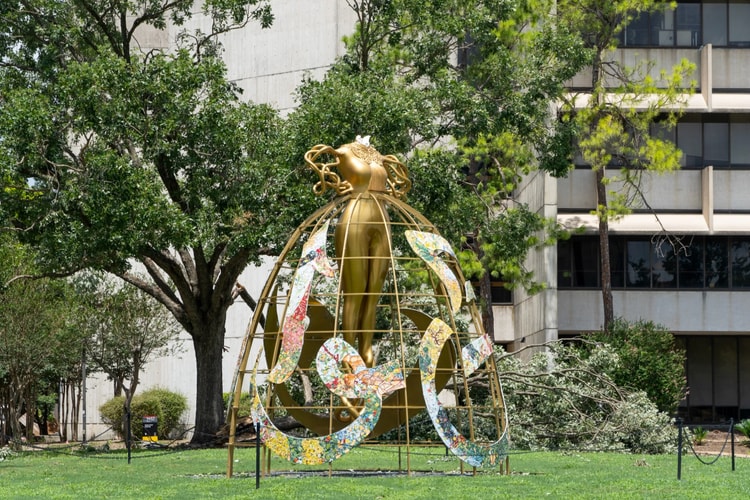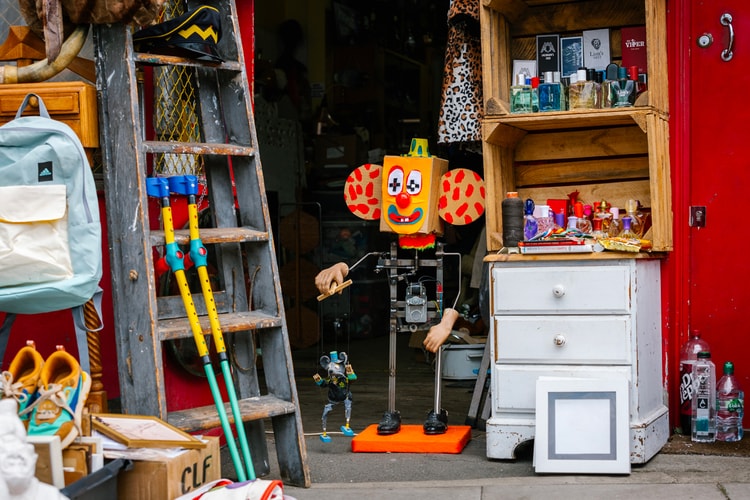Kohjiro Kinno Is Your Golf Photographer's Favorite Golf Photographer
The man you didn’t know was behind some of golf’s most iconic shots.

Shotmakers is a new series that explores the modern world of golf photography and how the people who comprise it are redefining the game’s visual language.
For golf fans of this generation, no image is as defining as Tiger Woods winning the 2019 Masters. Both arms in the air, putter raised to the sky, right foot off the ground, a facial expression of euphoria. Kohjiro Kinno shot that. Perhaps kismet brought him there, perhaps it was instinct. Great photographers have a way of being in the right place at the right time.
11 years earlier, he was working his first assignment for Sports Illustrated at the 2008 US Open, the last major Tiger won before his 2019 triumph. At other times, he’s shot the great Mike Tyson, Stephen Curry, Manny Pacquiao and Simone Biles. Kojo, the name most people know him by, is much more than a sports photographer though. Although he prefers not to refer to himself as an artist, his work wouldn’t look out of place in a SoHo gallery or modern art museum. Better yet, the Hypegolf Japan pop-up store in trendy Shibuya City, Tokyo. Select prints of Kinno’s favorite photos taken between 2019 and 2023 will be available to purchase later this month alongside apparel from the best rising brands in golf.
As his name would suggest, Kinno’s ties to Japan are strong, but he was born and makes residence in Southern California. That’s also allowed him to get close to The Golfer’s Journal, a modern golf publication based in San Clemente that’s garnered a reputation for its stories at the intersection of golf, travel and lifestyle. Kinno’s photos regularly feature in the quarterly magazine, and he also makes the rounds with TGJ’s traveling community called Broken Tee Society. For $60 USD a year, members can join BTS events, with higher tiers allowing more exclusive access to premium events at courses like Olympic Club, Quaker Ridge and Whistling Straits.
Our latest Shotmakers interview explores Kinno’s training, the difference between the digital and physical experience and his advice for aspiring photographers.
Why golf for you?
I don’t play at all anymore so in the sense of golf photography, it’s something I’ve somehow grown into. I grew up with a golfer father who practiced and played when he could. Instructional books all around. It was before the internet. I naturally tagged along with him on the range and occasionally out on the course, also played a bit on my high school golf team.
Tell us about some of the photographs/prints that will be available at the Hypegolf Japan store and how they were selected.
These are from 2019-2023. Any sport, anything really has beauty if you look close enough and have an open mind.
Do you think having these types of curated retail experiences in cities is good for the sport?
Anytime there’s an opportunity to show work in real life is good for all. The digital experience can be a gamble since you’re not in control of the presentation. Having a print piece installation you’re somewhat in control of how it should be shown.
“Sometimes it’s raining sideways into the lens. Sometimes it’s 100 degrees and raining sideways into the lens.”
What’s the hardest thing about capturing the golf experience, either technically or in a broader sense?
There’s the elements. Sometimes the light isn’t all that great, sometimes it’s raining sideways into the lens. Sometimes it’s 100 degrees and raining sideways into the lens. Mosquitos, snakes, ticks, time away from home. All that said, the hardest thing about capturing golf isn’t the weather or random snakes, it’s trying to get something unique, something that tells a story of the place, people, something about you as a photographer. It’s easy to get a “pretty” photo out on a manicured course with a drone. It’s hard to get a frame that has meaning.
What’s your favorite golf course/destination and why?
The courses around the Monterey peninsula. Beautiful light, beautiful air. Also Pebble Beach is a course my family visited (not for play) for the last time together when I was younger. My father passed away some years after that.
How did you start working with Golfer’s Journal, and what appeals to you about the brand/publication?
Brendon Thomas, the publisher, reached out. Easiest yes on my part. Maybe he needed to rethink it later haha. There’s nothing like it, we have a small but solid team of creative and passionate people working behind the scenes.
How would you describe the kind of community they’re building?
Passionate about the game, enjoy meeting fellow members and playing at exclusive clubs or the local muni.
Does knowing your work will go into a magazine spread, a series of prints or an Instagram grid change your approach at all?
No, I’m not thinking about that. I’d rather have a better picture and make it fit for whatever usage. Of course if it’s requested, I would. I can’t stand it when all I see is a certain orientation of a shoot when we send photographers on assignment. The world doesn’t revolve around Instagram or just one format.
Any advice for aspiring golf photographers?
I get asked this a lot. It’s taken me almost thirty years (yikes) to get to where I am as a working photographer. I’ve amassed IKEA shelves full of photography books, art books, magazines. I worked as a photographer’s assistant for ten-plus years. I’ve visited museums, exhibitions around the world whenever the opportunities came. My life is photography. I’m not someone who dabbles in a little bit of this, a little bit of that. Ultimate advice is enjoy being out there, enjoy what you do. I do. If you like the shot, that’s all that matters. F**k the rest.



